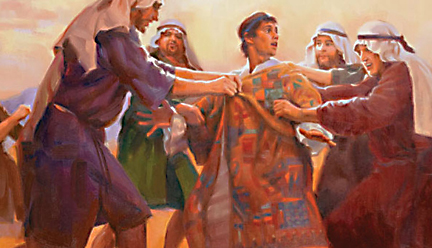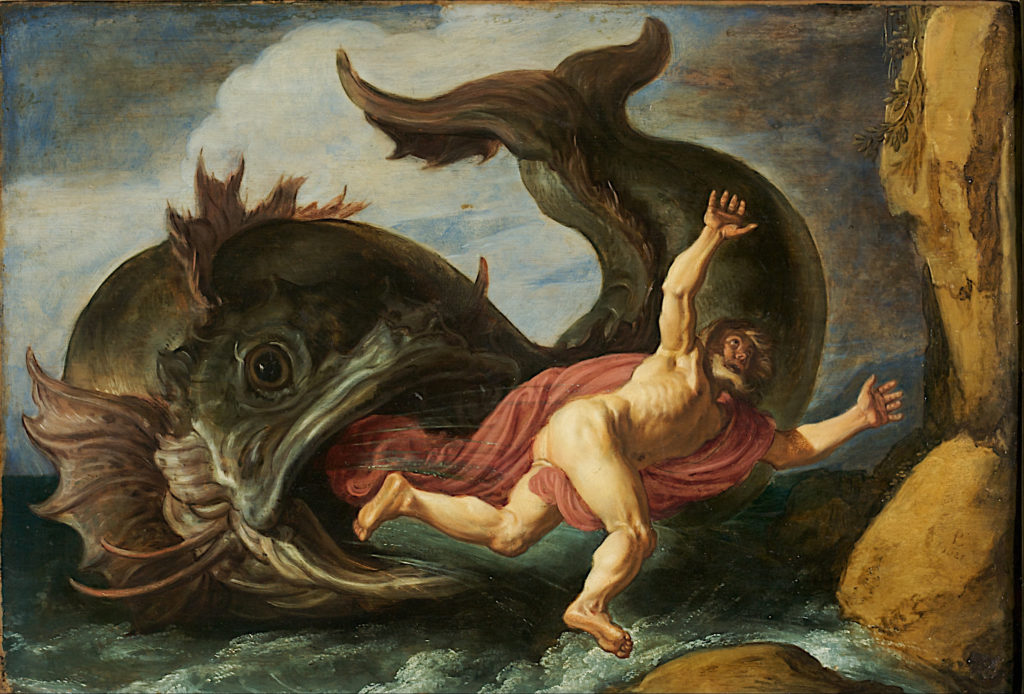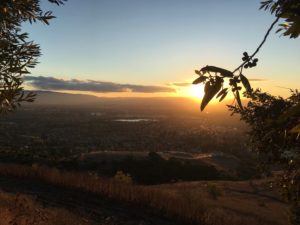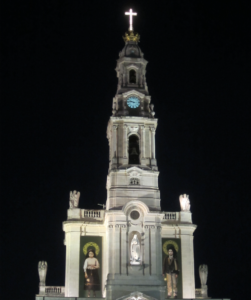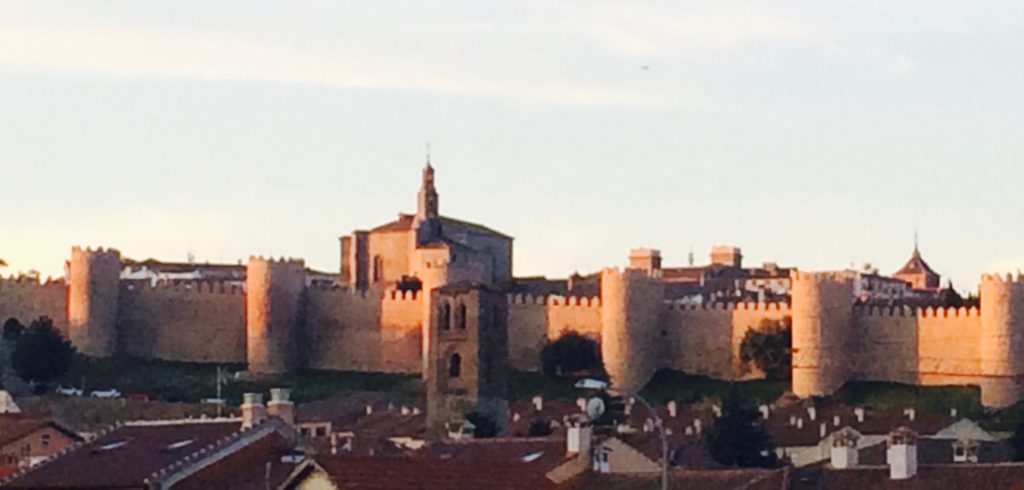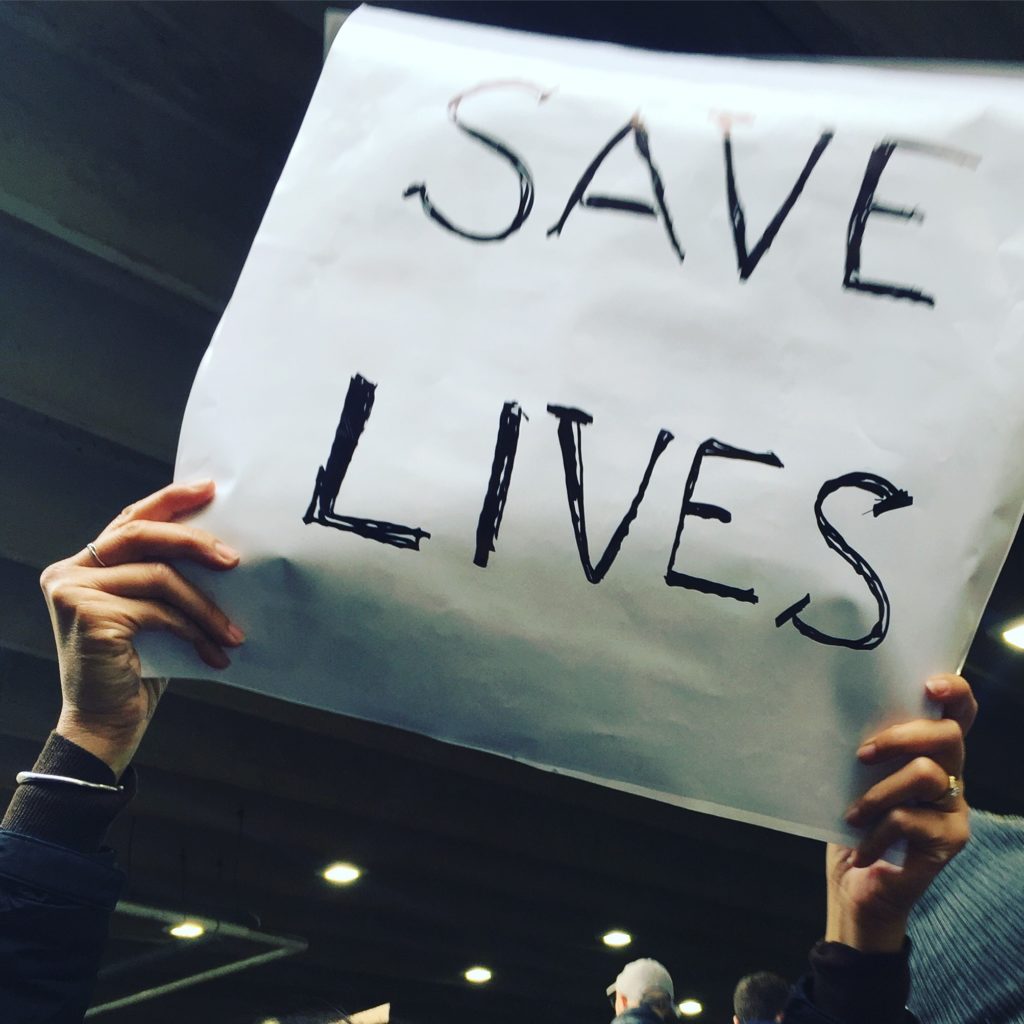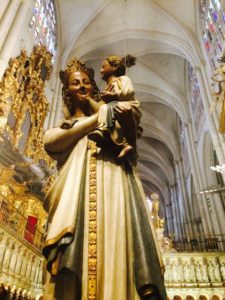
During Holy Week, my mother, who is in her late seventies, had her sixth ischemic attack, her worse one yet. This time, rather than simply forgetting a conversation just five minutes beforehand, she could not recognize anyone in the family, not even my father.
Everyone thought that this would be her last battle. But one morning, she came to – repeating the words, “Everything is nothing, except God.” Saint John of the Cross, with his doctrine ‘nada, nada, nada’ (nothing, nothing, nothing) must have been teaching her spirit.
As Mother’s Day approaches, after having almost lost my mother to an instant emptying of all her memories, I contemplate what these words mean for my own motherhood.
Mothers cannot help but cling to their children. How can we not?
My clearest memories are of those first moments after my children were born – the smell of their foreheads mixed with that of the hospital bed, the size of their toes next to my thumb nail, and the way each of them instinctively tightened their grip around my pinky, when I applied the slightest pressure against their small palms.
As I embraced each of them, with all their fingers wrapped around one of mine, I wanted the moment to last forever. But of course, it couldn’t.
I spent most of my motherhood believing that I was learning to let go of my children, but instead, I was finding ways to hold on to them as tightly as they held on to me when they were newborns.
Almost twenty years ago, my husband and I flew from Philadelphia to San Francisco on a one-way ticket. He had a new job, but that was it. We had no long-term housing, and all our belongings, except for what we carried in our suitcases – were in storage.
It felt liberating to finally leave what was then the crack-ridden streets of Philadelphia and the limited education options of an urban neighborhood that had just been red-lined – for the dreams and possibilities that were open to my husband and my children in California.
I knew I was walking away from a Pennsylvania teaching credential – something that required $30,000 in student loans and included seven years of being a tenured middle-school and high school teacher. I also turned down a teaching position in a Main Line Philadelphia private school. I thought that I was letting go of my own dreams – so that my husband and children could follow theirs.
It took me a long time to realize it, but what I was really doing was holding on even tighter, replacing the ambitions and expectations I had for myself – upon them. In those moments when I would see that anyone in my family might fall short, I did everything in my power to fill the gap – often times at great personal expense.
Of course, none of this was helpful to anyone.
For “whether it be a strong wire rope or a slender and delicate thread that holds the bird, it matters not, if it really holds it fast; for, until the cord be broken the bird cannot fly,” writes Saint John of the Cross.
Because ‘Everything is nothing, except God’ – then the best way to be a mother, or for that matter, for anyone to grow in holiness, is to let go of everyone and everything – except God.
How do we do this?
On the day of His resurrection, Jesus tells Mary Magdala, “Stop holding on to me, for I have not yet ascended to my God and your God” (John 20:17).
Our Lady is a Mother who knew how to let go of her son, even through the terror of witnessing His crucifixion, so that God the Father could complete His work in Him, with Him, and through Him.
I’ve always wondered why, although our Lady was present as one among those who “devoted themselves with one accord to prayer” (Acts 1:14) after Jesus’ Ascension, she is not present with the disciples in any of the gospel accounts of His Easter resurrection. Where was she?
She must have been alone, pondering in her heart.
The most important conversations I have had with my children have been hidden behind closed doors. I picture Our Lady in a room with a closed door, being greeted with love beyond all-telling, by Jesus in His glorified state, on the day of His resurrection. Their encounter is one of immense joy and intimacy, one deserving of a mother who gave her son over completely to the will of God the Father.
But she kept all these things in her heart.
I have always been ambitious for myself, my husband, and my children, but I know now that this is a clinging to straws.
As a mother, I have to be ambitious to be well-pleasing to God – and that’s it.
Happy Mother’s Day to all of you beautiful women who have and are raising children! May God grant you the grace to be ambitious to be well-pleasing to Him in your motherhood!
About the author: Teresa Linda is the Formation Director of the Santa Clara, CA Order of Secular Discalced Carmelites (OCDS). She has four children, ages 15-26, has been married for 28 years, and is a community college English professor.



